I need to create a join table in my database using JPA annotations so the result will be this:

So far I just implemented 2 entities:
@Entity
@Table(name="USERS", schema="ADMIN")
public class User implements Serializable {
private static final long serialVersionUID = -1244856316278032177L;
@Id
@Column(nullable = false)
private String userid;
@Column(nullable = false)
private String password;
public String getUserid() {
return userid;
}
public void setUserid(String userid) {
this.userid = userid;
}
public String getPassword() {
return password;
}
public void setPassword(String password) {
this.password = password;
}
}
@Entity
@Table(name="GROUPS", schema="ADMIN")
public class Group implements Serializable {
private static final long serialVersionUID = -7274308564659753174L;
@Id
@Column(nullable = false)
private String groupid;
public String getGroupid() {
return groupid;
}
public void setGroupid(String groupid) {
this.groupid = groupid;
}
}
Should i create another entity called USER_GROUP or i can just add some annotations, so the join table will be created automatically when i run create tables from entities(ORM)?
How should i annotate my entities to achieve the same as in the image?